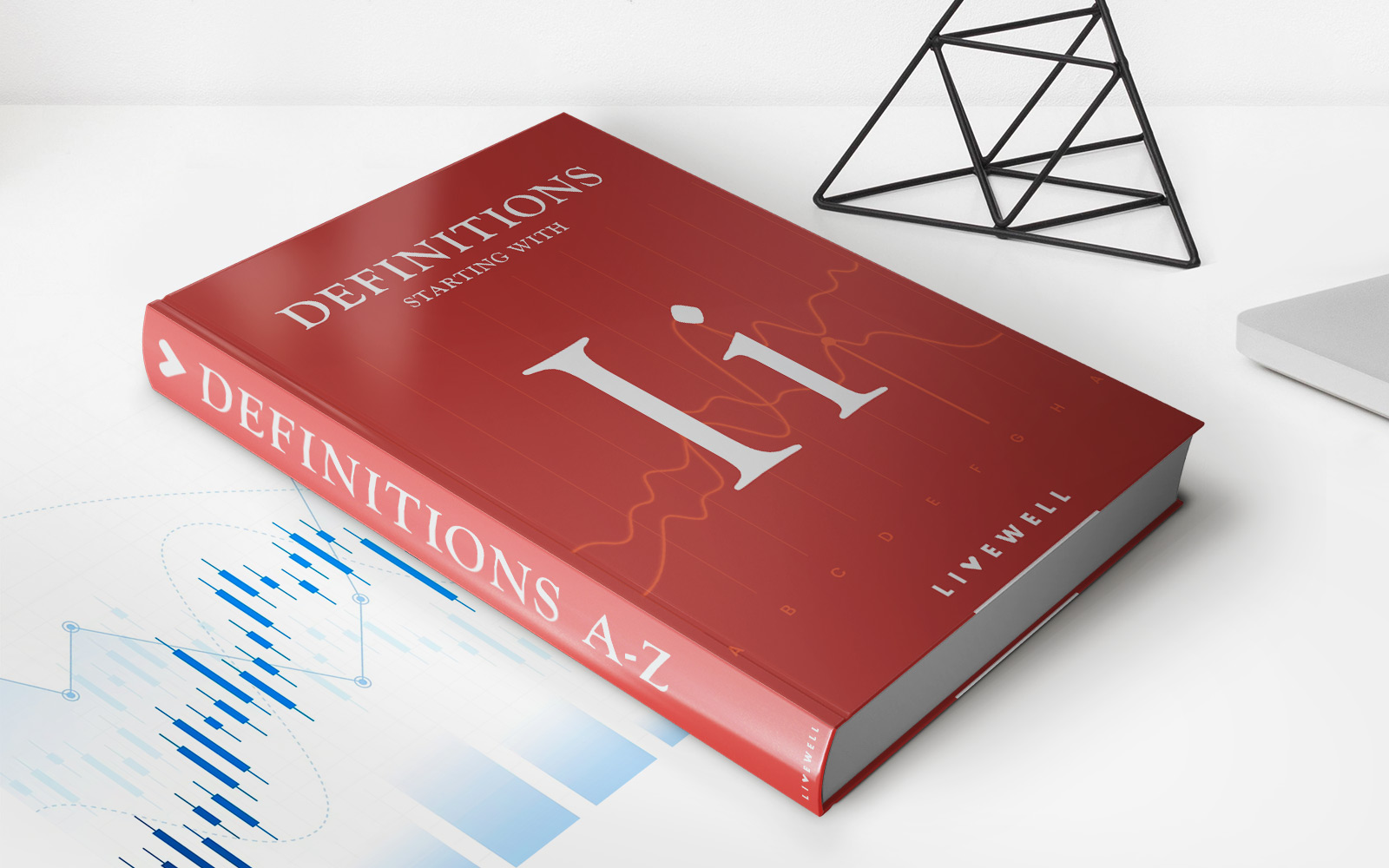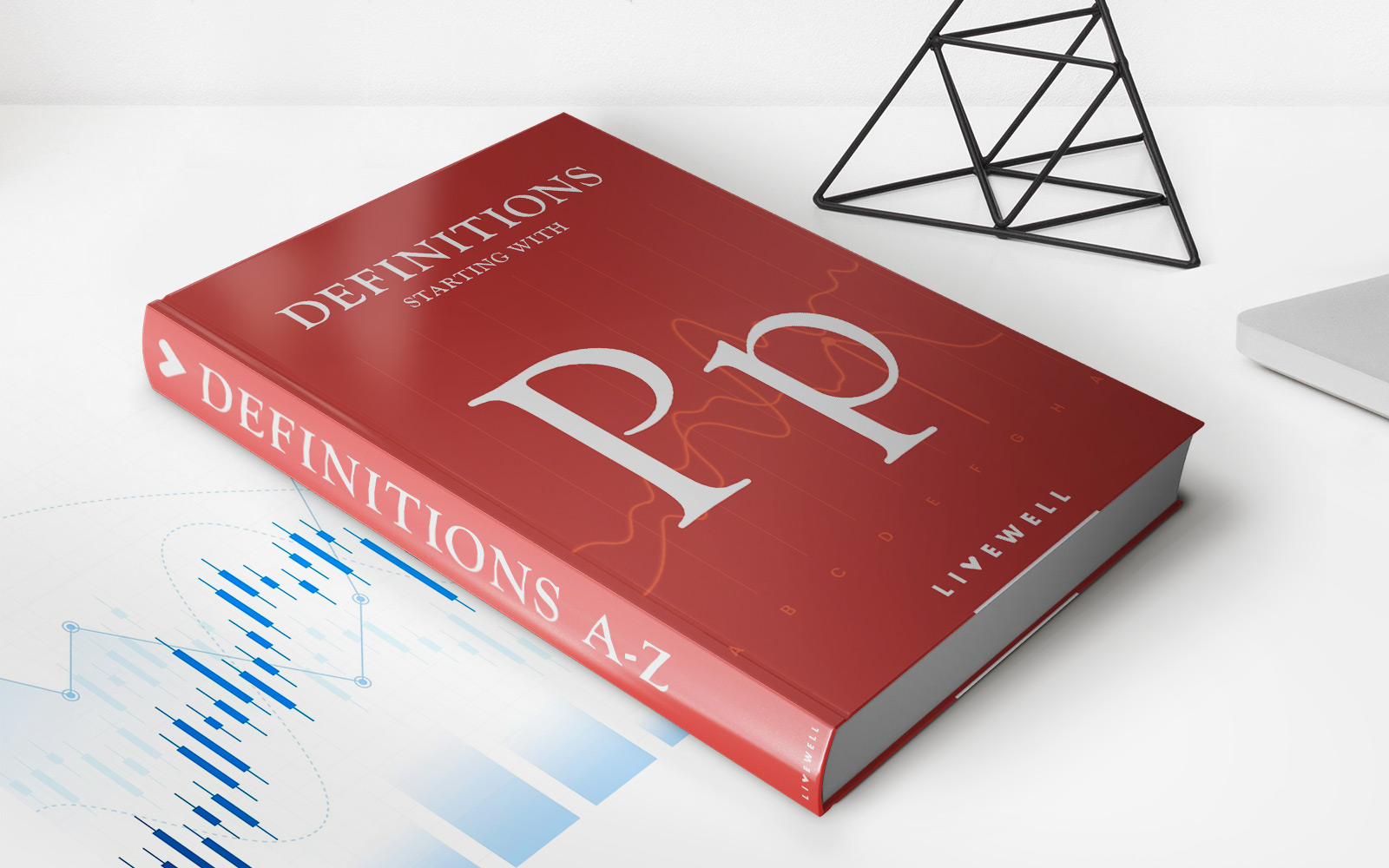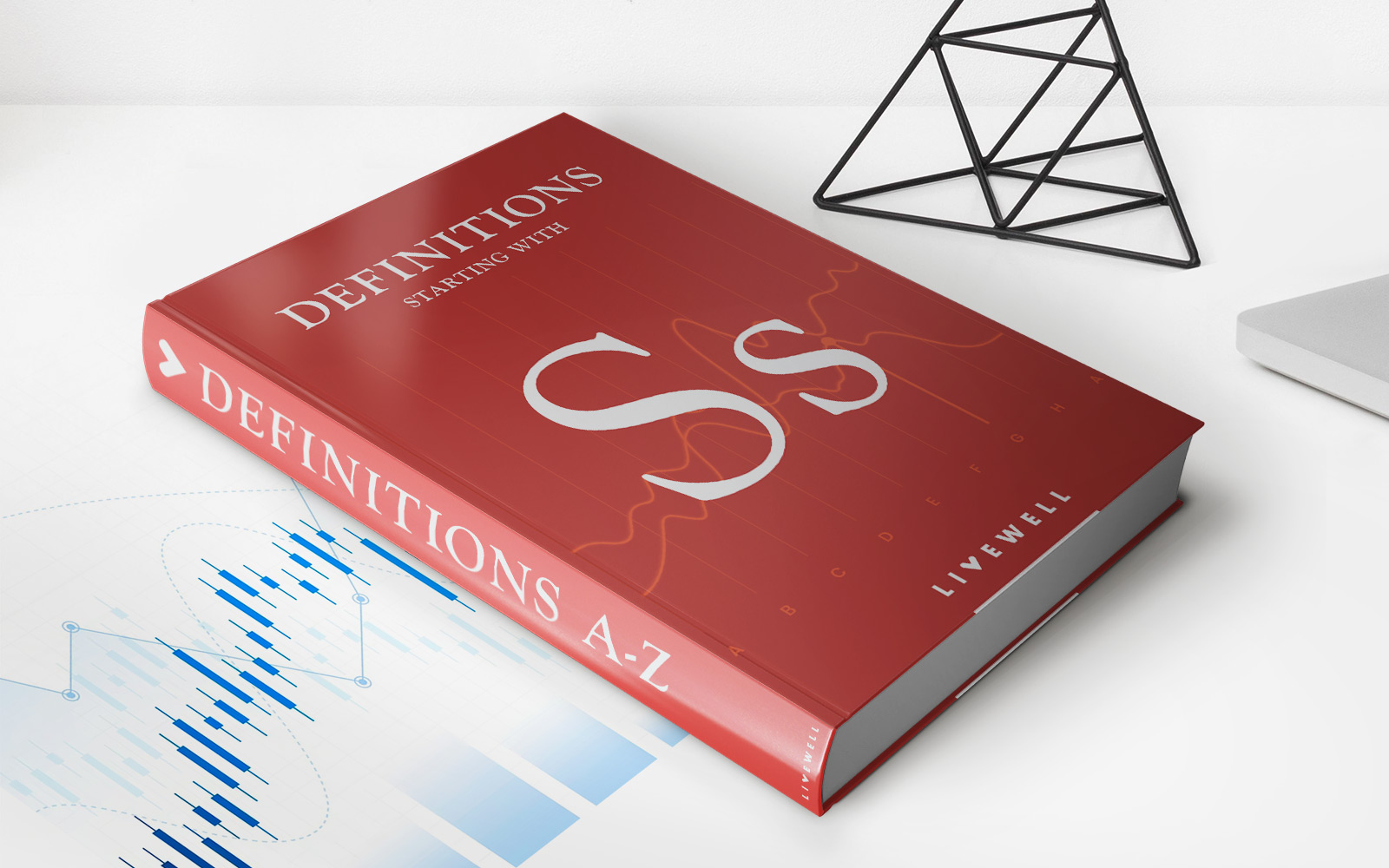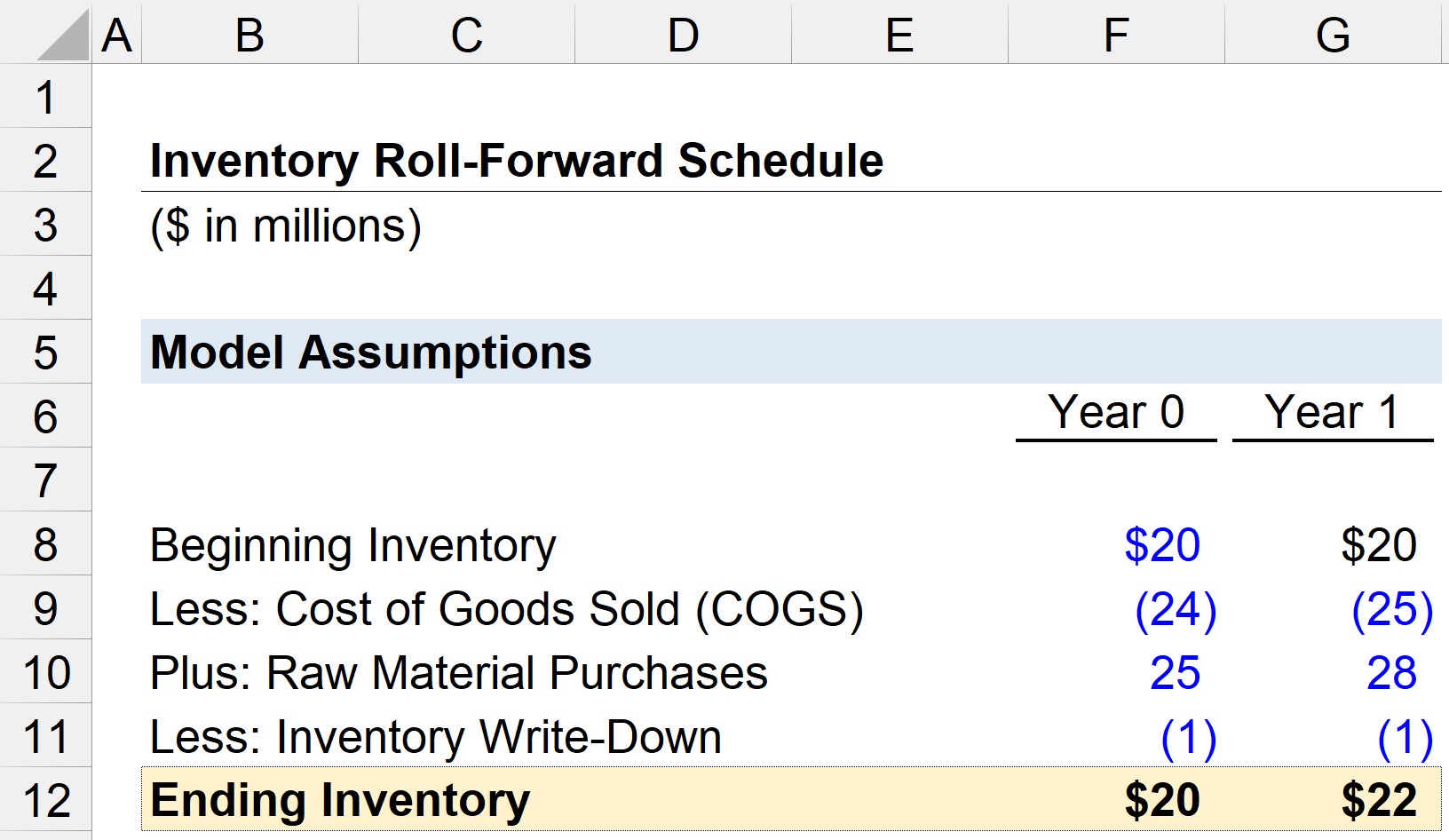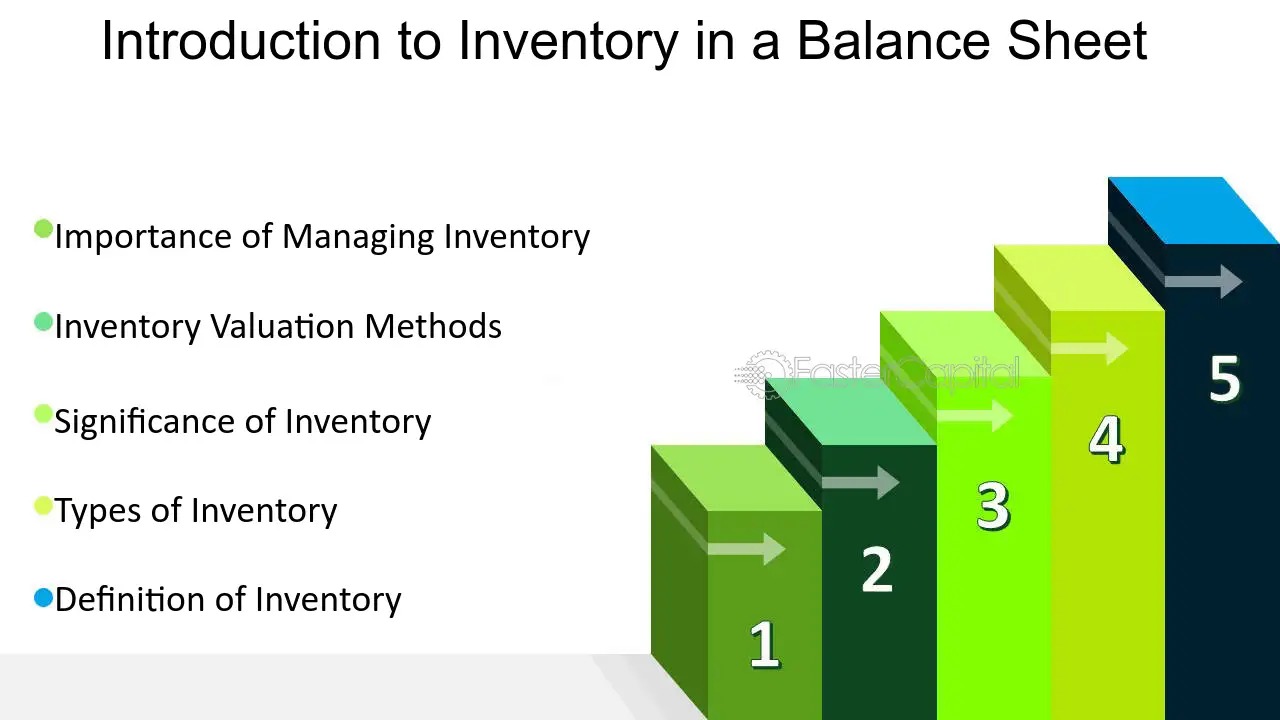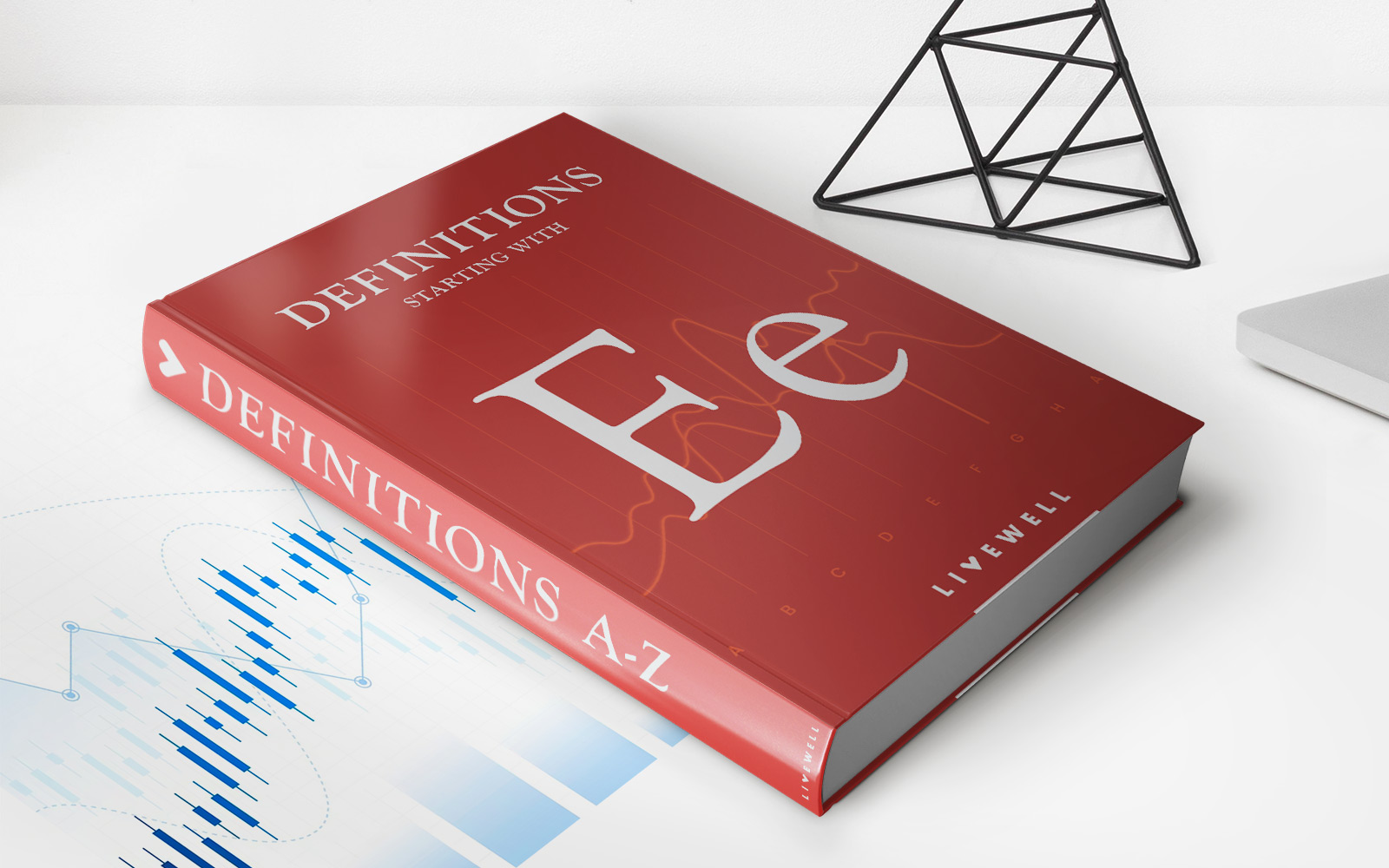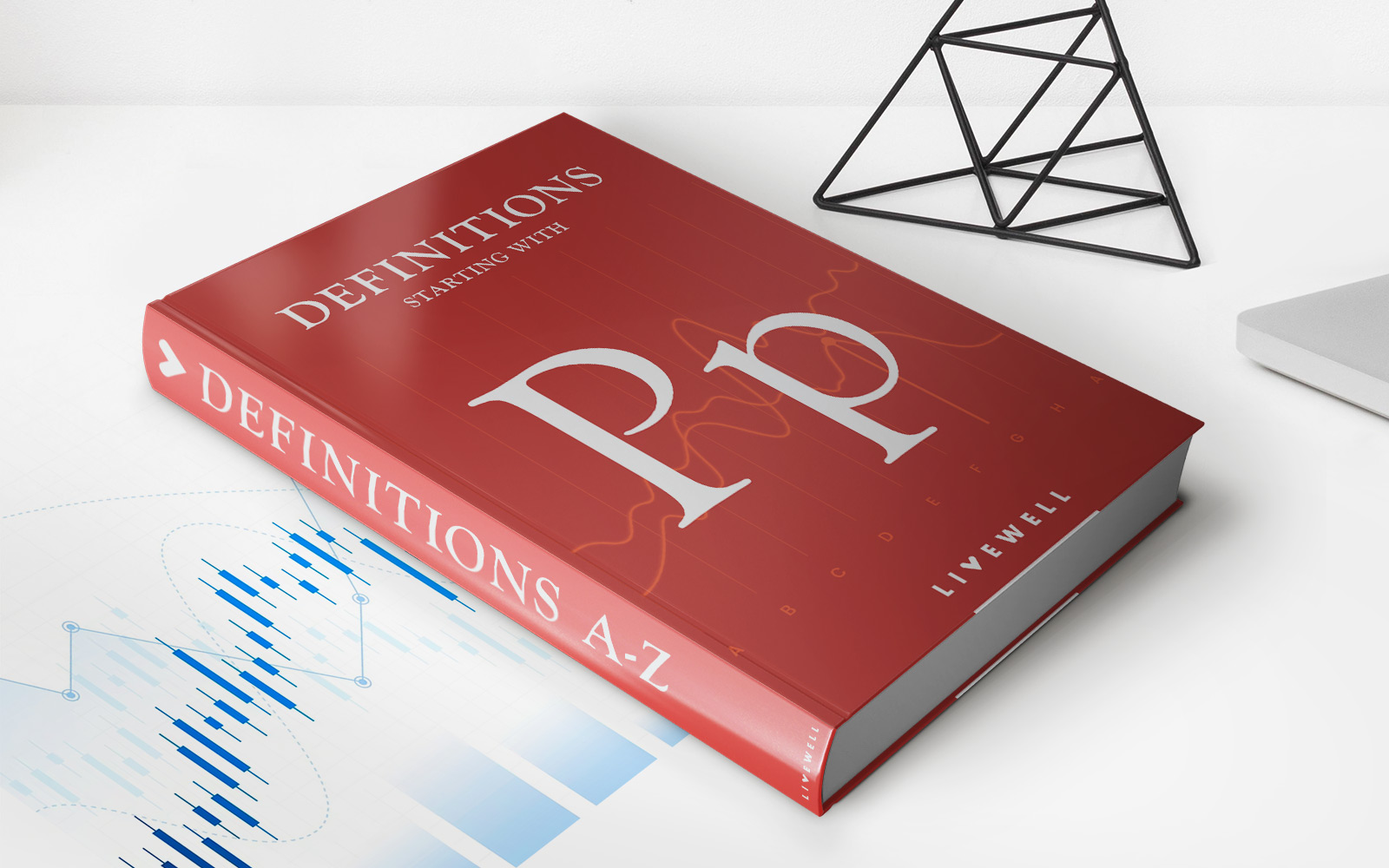

Finance
Obsolete Inventory Definition
Published: January 2, 2024
Learn the definition of obsolete inventory in finance and how it impacts your business. Discover strategies to manage and minimize obsolete inventory risk.
(Many of the links in this article redirect to a specific reviewed product. Your purchase of these products through affiliate links helps to generate commission for LiveWell, at no extra cost. Learn more)
Unlocking the Mystery of Obsolete Inventory
Welcome to the Finance category of our blog! In today’s post, we’ll be diving into the fascinating world of obsolete inventory. Have you ever wondered what exactly constitutes obsolete inventory and how it impacts businesses? Look no further, because we’ve got you covered.
Key Takeaways:
- Obsolete inventory refers to products or materials that are no longer sellable or usable due to various reasons such as obsolescence, damage, expiration, or changes in customer demand.
- Managing obsolete inventory is crucial for business profitability and cash flow management.
So, what exactly is obsolete inventory? Simply put, it’s goods or materials that have become obsolete or outdated and are no longer marketable or usable. This can occur for a variety of reasons such as changes in customer preferences, advances in technology, damage, expiration, or regulatory changes. Obsolete inventory takes up valuable storage space, ties up capital, and can negatively impact a company’s financial health.
Here are a few signs that your inventory might be classified as obsolete:
- Lack of customer demand: If a product gathers dust on the shelves without any interest from customers, it’s a strong indicator that it may be classified as obsolete inventory.
- Technological advancements: In industries where technology plays a pivotal role, products can quickly become outdated if newer, more advanced versions are introduced.
- Damaged or expired goods: If goods become damaged, expired, or unusable due to mishandling, storage conditions, or the passage of time, they may be considered obsolete.
- Changes in regulations: Changes in regulations or legal requirements can render certain products obsolete, especially in highly regulated industries like pharmaceuticals or electronics.
Now that we understand the definition of obsolete inventory and how it can occur, let’s explore why effectively managing it is crucial for businesses:
- Profitability: By identifying and eliminating obsolete inventory, businesses can optimize their resources and focus on selling products that are in demand. This improves profitability and reduces unnecessary costs.
- Cash Flow Management: Holding onto obsolete inventory ties up valuable capital that could be invested elsewhere. By identifying and disposing of obsolete inventory, businesses can free up cash flow and allocate resources more efficiently.
In conclusion, obsolete inventory is a notable concern for businesses across various industries. By recognizing the signs of obsolescence and effectively managing inventory, businesses can improve profitability and enhance their financial health. So, don’t let your inventory become an unnecessary burden! Stay vigilant, keep track of market trends, and ensure your shelves are stocked with products that align with customer demand.
For more insightful articles in the Finance category and beyond, be sure to explore our blog for valuable tips and strategies to help you succeed.
